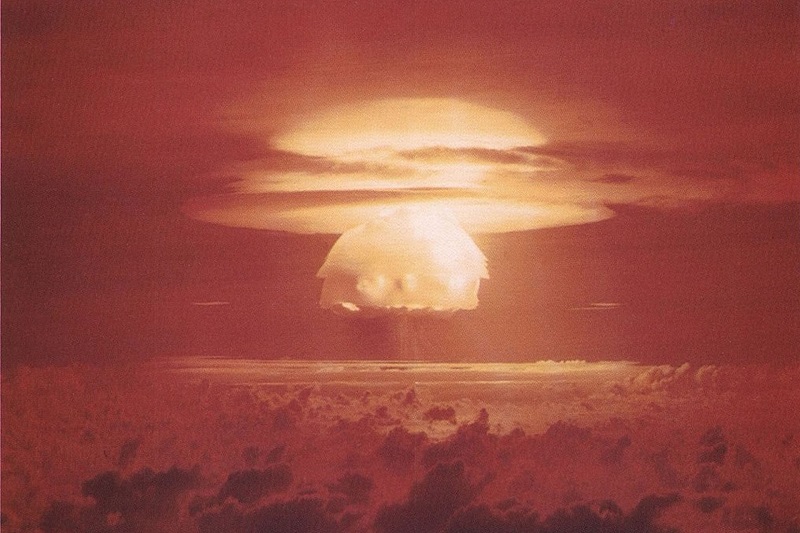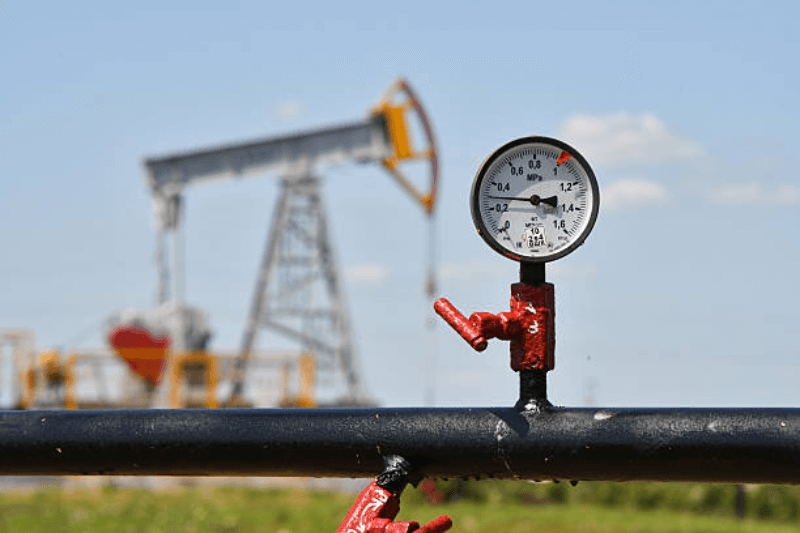
Will Beijing blame US nuclear tests for South China Sea radioactivity?
After more than a decade of study, scientists said they have found evidence that nuclear weapons testing by the US in the 1940s and 1950s in the Marshall Islands have led to the current higher-than-average levels of radioactivity thousands of kilometres away in the South China Sea.
The study, recently published in the Chinese language journal Environmental Chemistry, is expected to help China’s “environmental assessment” of the region, according to the research team, led by Peng Anguo from the University of South China.
Increased Levels of Radioactivity
According to the researchers, ocean currents carried radioactive pollutants from the US Pacific Proving Ground (PPG) tests more than 5,000 km, spreading them throughout the South China Sea. These pollutants still exist in the region today, including in the earlier uncharted areas in the southern part of the waterway.
Keep Reading
Some fear the study’s findings could increase tensions in the already disputed region, as China and other countries have overlapping claims to numerous features in the South China Sea, including islands and reefs.
Washington is known to have carried out 67 nuclear weapons tests at the PPG in the Marshall Islands between 1946 and 1958. Alarmingly, the total yield was equivalent to over two Hiroshima-sized bombs every couple of days, according to scientific estimates.
These tests involved both underwater and atmospheric detonations. They released substantial amounts of plutonium, strontium, cesium, and other radioactive materials – which were eventually carried to other areas of the Pacific region by winds and ocean currents.
Few Facts To Not Ignore
Nevertheless, it shouldn’t be ignored that Beijing also conducted a string of tests throughout the 1960s and 1980s. However, a majority of these nuclear tests were carried out in mainland China, instead of the sea. Moreover, there is also evidence that the country is currently ramping up more nuclear testing in Xinjiang.
As per SCMP reports, a marine environmental science expert, who asked to remain anonymous because of the issue’s political sensitivity, said China could collaborate with other countries in the region to hold the US responsible for the environmental harm from these tests.
The expert, who was not involved in the initial study, said there were legitimate grounds for Beijing to collaborate with other nations and seek compensation for the negative effects.
Washington instituted a nuclear claims tribunal in 1986, compensating inhabitants of the Marshall Islands with over $2 billion to date for harm to their health and property. But there are certain lingering concerns. The amount has been deemed insufficient by some, while others have urged supplementary payments to address the ongoing effects.




